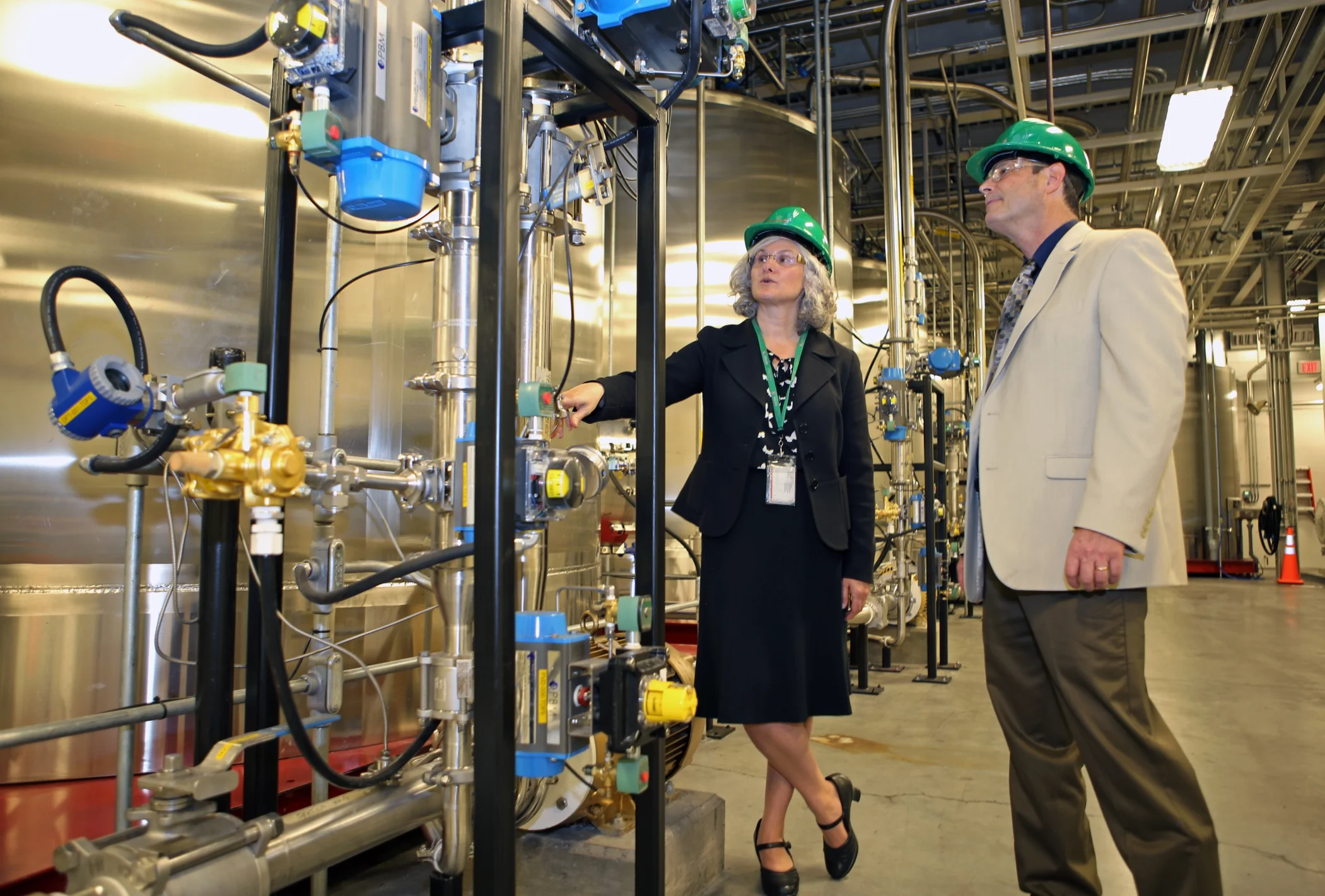
Methods of Toner Production
Toner production involves creating fine, uniform particles that can effectively be used in laser printers and photocopiers.
There are two primary methods of toner production:
conventional grinding and chemical (polymerization) processes. Each method has its own advantages
and is used to produce different types of toner with specific properties.
1. Conventional Grinding Method
In this traditional method, toner particles are created through a mechanical grinding process. Here are the key steps involved:
1. Material Preparation: Raw materials, including pigments, resins (plastics), and additives,
are mixed together to form a homogenous blend.
2. Extrusion: The blended materials are melted and extruded into thin sheets or strands.
3. Cooling and Cutting: The extruded material is cooled and then cut into smaller pieces called chips.
4. Grinding: The chips are ground into fine particles using high-speed mills.
This grinding process reduces the particle size to the desired range.
5. Classification: The ground toner particles are classified to separate out the desired particle sizes.
Oversized particles are recycled back into the grinding process.
6. Surface Treatment: The toner particles may undergo surface treatment to improve flow properties,
charging characteristics, and adhesion to the paper.
Advantages:
- Cost-effective for large-scale production.
- Suitable for producing both monochrome and color toners.
Disadvantages:
- Produces toner particles with a wide size distribution, leading to variations in print quality.
- Requires additional steps to control particle size and shape.
2. Chemical (Polymerization) Method
This method, also known as the chemical or polymerized toner process,
involves chemically creating toner particles from raw materials.
There are two main types of polymerization methods: suspension polymerization and emulsion aggregation.
Suspension Polymerization:
1. Monomer Preparation: Liquid monomers (the building blocks of polymers) are mixed with pigments and additives.
2. Polymerization: The mixture is dispersed in water to form small droplets,
and a chemical reaction (polymerization) is initiated to solidify the droplets into toner particles.
3. Washing and Drying: The toner particles are washed to remove any residual chemicals and then dried.
4. Surface Treatment: Similar to the grinding method, the toner particles may undergo surface treatment to enhance their properties.
Emulsion Aggregation:
1. Emulsion Preparation: Fine droplets of resin (polymer) are created in water, forming an emulsion.
2. Aggregation: The emulsion droplets are aggregated (clumped together) to form larger particles.
3. Coalescence: The aggregated particles are heated to fuse them into solid toner particles.
4. Washing and Drying: The particles are washed and dried as in the suspension polymerization method.
5. Surface Treatment: The final toner particles may be treated to improve their performance.
Advantages:
- Produces uniform toner particles with a narrow size distribution, leading to consistent print quality.
- Allows for better control over particle shape and size.
- Improved charging characteristics and toner efficiency.
Disadvantages:
- More complex and expensive than the conventional grinding method.
- Requires precise control over chemical reactions and processing conditions.
Comparison and Application
Both production methods are widely used in the toner industry, and the choice of method depends on the specific requirements
of the printer and the desired characteristics of the toner.
- Conventional Grinding Method: Typically used for producing general-purpose toners where cost-effectiveness is a priority.
- Chemical (Polymerization) Method: Preferred for high-quality, high-resolution printing applications where
uniform particle size and shape are critical.
The advancements in chemical methods, particularly emulsion aggregation, have led to the production of toners with superior performance,
such as better flow properties,
higher transfer efficiency, and lower fusing temperatures, making them suitable for modern, high-speed laser printers.
